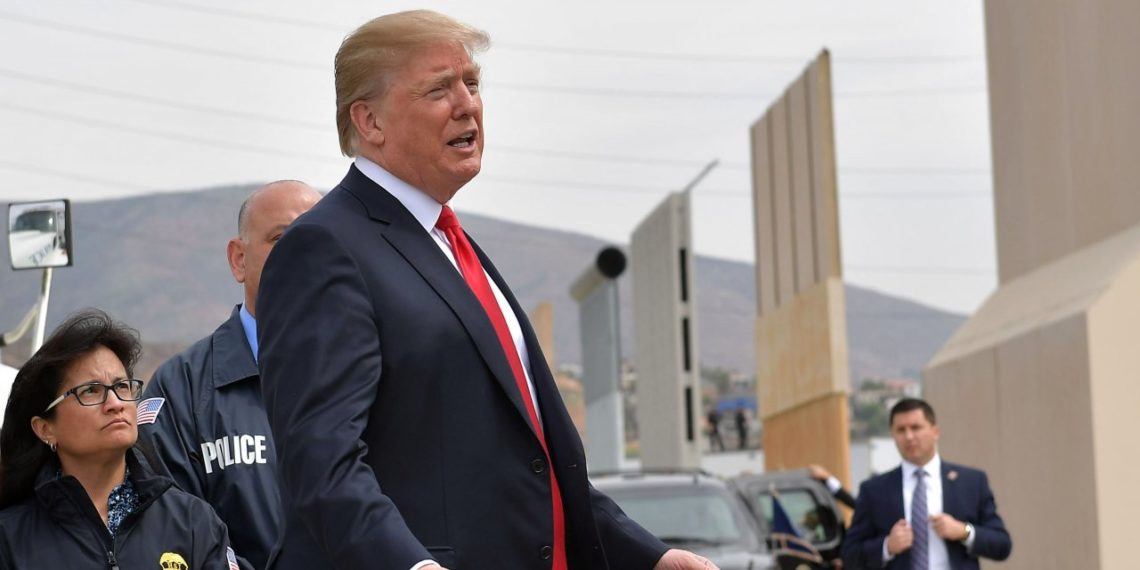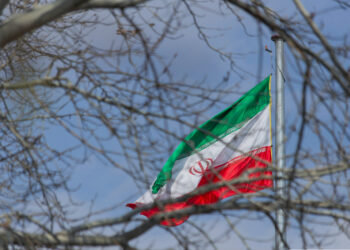In the opening speech of his presidential campaign, Donald J. Trump promised to “build a great, great wall on our southern border… [and] have Mexico pay for that wall.” As president, so far he has been unable to deliver on this promise. Mexico unsurprisingly deigned to pay for its construction, and Congress has balked at providing alternative funding.
As his administration nears its halfway point, President Trump is doubling down on his promise of a border wall and has threatened a partial shutdown of the entire government unless Congress appropriates $5 billion to at least begin its construction.
Lost in the melodrama is the fact that Trump’s obsession with “the wall” in reality has little to do with border security or immigration control. The Mexico-U.S. border is already the most militarized border anywhere in the world, with the possible exception of the line between the two Koreas.
The Border Patrol already has some 19,400 officers and a budget of $3.8 billion and has already constructed around 700 miles of walls and fencing along the Mexican border, including almost all of the territory between San Diego and El Paso. The Border Patrol is the largest arms-bearing branch of the U.S. government outside of the military itself.
With respect to national security, spending more money to reinforce the Mexico-U.S. border makes little sense at this point given the fact that it is already so heavily militarized and in light of how little we spend guarding our ocean and Canadian borders, which remain quite permeable, especially to well-funded organizations of drug traffickers and terrorists.
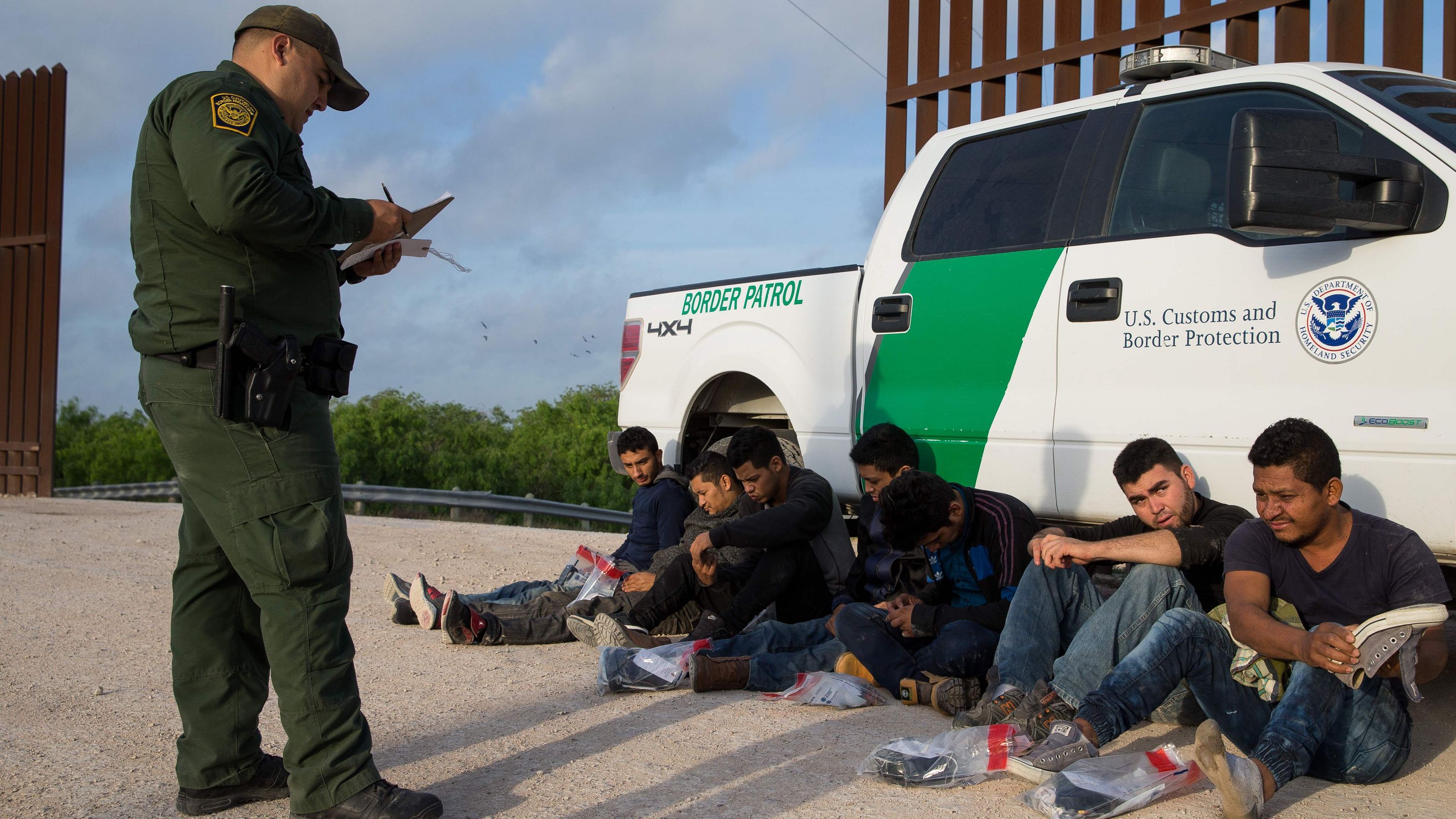
In terms of immigration, more border enforcement makes no sense at all since net undocumented migration across the Mexican border has been zero or negative for over a decade. All indicators (including those prepared by the Department of Homeland Security) show that net unauthorized from Mexico has been negative since 2007 and that the U.S. population of undocumented Mexicans is slowly declining.
Although a small number of Central Americans continue to arrive at the border, their numbers are not enough to offset the Mexican loss in most years and the undocumented population long ago ceased growing.
Proof of this fact is the massive decline in border apprehensions since 2000 when 1.6 million people were apprehended for unauthorized crossing. By 2017, however, only 304,000 people were apprehended, and just 42 percent of them were Mexican. A figure of 304,000 may still seem quite large, but in fact, it is the smallest number since 1970 when 277,000 apprehensions were recorded. In that year, however, there were only 1,600 Border Patrol Officers compared to 19,400 today. When measured in terms of apprehensions per officer, the border has not been this quiet since 1943.
Border Wall’s Purpose
Since more border enforcement, and certainly the construction of a nearly 2,000-mile wall, cannot affect an undocumented flow that is already negative, its purpose cannot be to control undocumented migration.
'Another brick in the wall': 8 prototypes of Trump's US-Mexico border wall are put on display in San Diego – as seen from Tijuana pic.twitter.com/ghtB7257K4
— AFP News Agency (@AFP) October 23, 2017
The purpose of the border wall is symbolic rather than practical, as in U.S. political discourse the Mexico-U.S. border has become an all-purpose line in the sand that politicians aggressively use as a metaphorical way of expressing their ardor in defending America for any and all threats. Whether the threat is communism, Al-Qaeda, ISIS or Ebola, the quick and easy solution is more border enforcement.
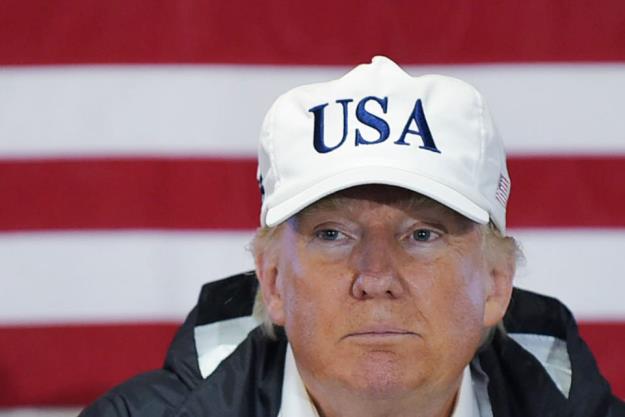
President Trump, in particular, has latched on to the border wall not simply as a symbol of his eagerness to “make America great again,” but more importantly as a means of mobilizing his political base of older, non-metropolitan white Americans who are discomfited by the demographic changes in the racial/ethnic composition of U.S. society.
For Trump and his base, the border wall is a concrete symbol declaring people to its south – and by extension in the entire southern hemisphere – are not and never will be acceptable as “real Americans.”
What is happening at the border today is a humanitarian crisis, not an immigration crisis. What had been a very large unauthorized flow of male Mexicans seeking U.S. jobs has been replaced by a much smaller flow of families and children arriving at the border to seek refuge and asylum in the United States.
From 2013 to 2018 the number of unaccompanied minors apprehended at the border increased from 15,000 to 107,000 and the number of persons apprehended in family groups rose from 39,000 to 50,000. Over the same period, the share of unaccompanied minors and family members rose from 14 to 40 percent of all apprehensions.
US Intervention Created Immigration Crisis
Unlike the earlier flows of Mexican workers, the children and families arriving at the border today are overwhelming Central American. As of 2018, 77 percent of unaccompanied minors and 98 percent of those apprehended in family groups are from El Salvador, Guatemala, or Honduras, according to data from U.S. Customs and Border Protection. They are seeking to escape horrible conditions that originate in America’s Cold War intervention in the region during the 1980s.
This intervention sought to topple the Sandinista government in Nicaragua by funding an army of “Contras” while propping up right-wing governments in El Salvador, Guatemala, and Honduras by supporting repressive military operations, paramilitary groups, and roving death squads, which together unleashed waves of violence and economic chaos from which the region has never recovered.
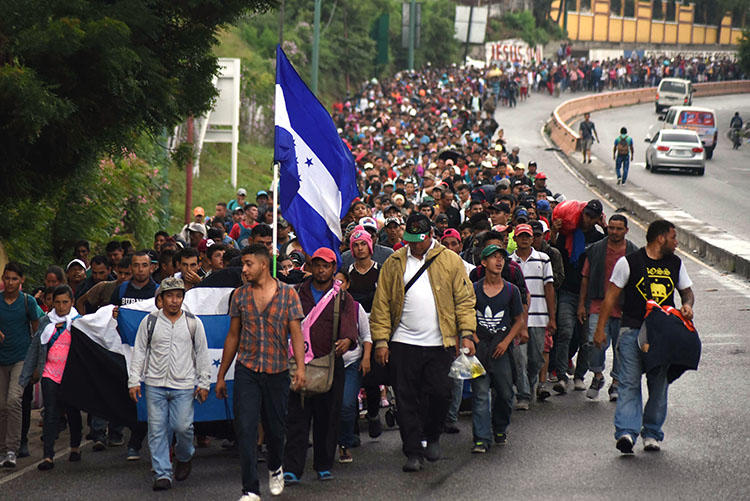
Income per capita in these frontline nations fell in absolute terms from 1979 to 1989 and did not return to its 1979 level again until 2011. Although civil warfare died down in the early 1990s, the violence continued on in other forms and today the murder rate in the frontline nations stands at 44 per 100,000 compared to around 6 per 100,000 in the United States.
During the 1970s and 1980s the United States took in and successfully integrated 700,000 “boat people” and others fleeing the consequences of our failed intervention in Vietnam. At present, we face a much smaller number of migrants arriving at our southern border from Central America. Instead of processing them as refugees and asylum seekers, however, the current administration refuses to entertain their applications at ports of entry and imprisons those who seek to make their claims directly by crossing into the United States.
For the Trump administration, it is simply more expedient to treat these human beings as malicious alien invaders than as innocent people seeking refuge from circumstances we ourselves had much to do with creating.
Disclaimer: The views and opinions expressed here are those of the author and do not necessarily reflect the editorial position of The Globe Post.

